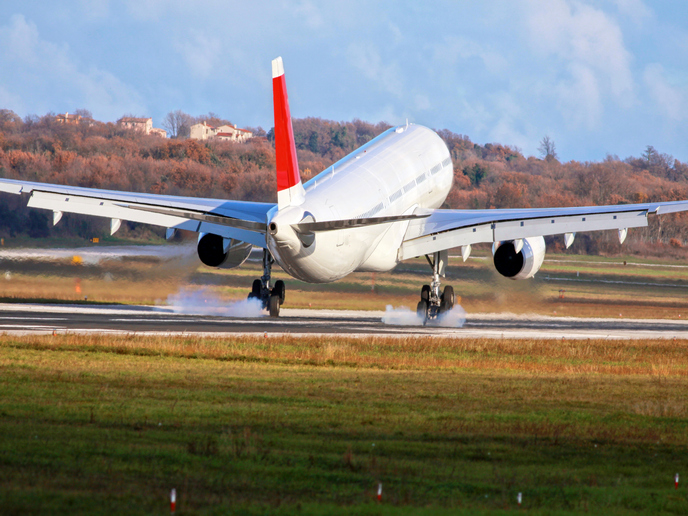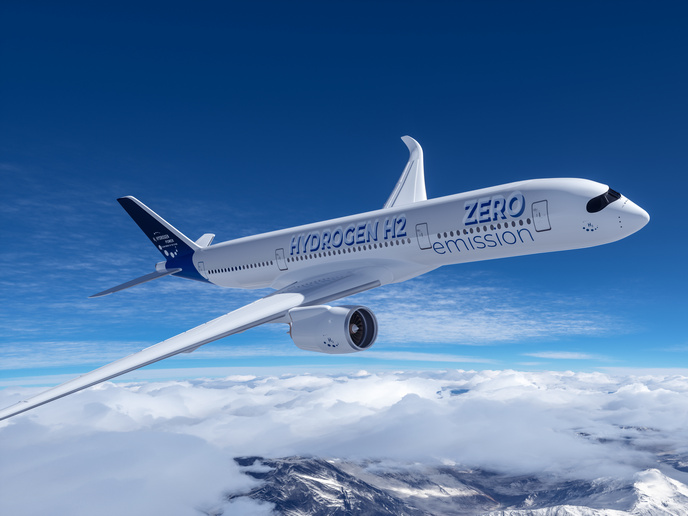Regional aerospace R&D initiatives to tackle challenges related to green aviation
Traditionally, aviation industry cycles have been long and change slow, but new environmental and competitive factors are catalysing rapid changes. In order to meet this new demand, all aspects of the European aviation supply chain will have to adapt and to expand. The EU-funded CARE (Clean Aerospace Regions) project aimed to propose a European framework fostering green aviation innovation while also addressing environmental and international issues. CARE focused on four thematic priorities that cover a wide aviation spectrum: more energy-efficient airborne systems, eco-design, greener air traffic management and multimodal transport systems. These major fields of interest were examined in order to identify priority challenges concerning technology. Project partners have mapped the aeronautics landscape and consulted and interviewed high-level experts. The result was a report detailing 31 key technical and economic challenges faced by the European aviation ecosystem in a global context. These challenges were then assessed for their impact on the competitiveness and environmental friendliness of European aviation. Based on this, 13 major priority challenges have been identified. The strengths, weaknesses, opportunities and threats for each challenge and each participating region were also analysed. As a result an action plan was proposed with a total of 21 actions and a common vision based on the excellence, efficiency and visibility of European aerospace regions. This plan is designed to boost the competitiveness of regional research stakeholders through the coordinated use of resources. Specifically, the action plan has helped to improve the level of excellence in more than 30 CARE clusters. Further, potential funding sources were identified that aimed at setting-up around 10 joint collaborative research and development (R&D) proposals for EU funding instruments. It also supported six European aerospace regions that lacked visibility, enabling them to establish and develop regional research-driven clusters. CARE reinforced regional R&D networks through its research-driven clusters. As a result these regions will boost their competitiveness in green aircraft.
Keywords
Green aviation, transportation, aerospace, research-driven clusters







